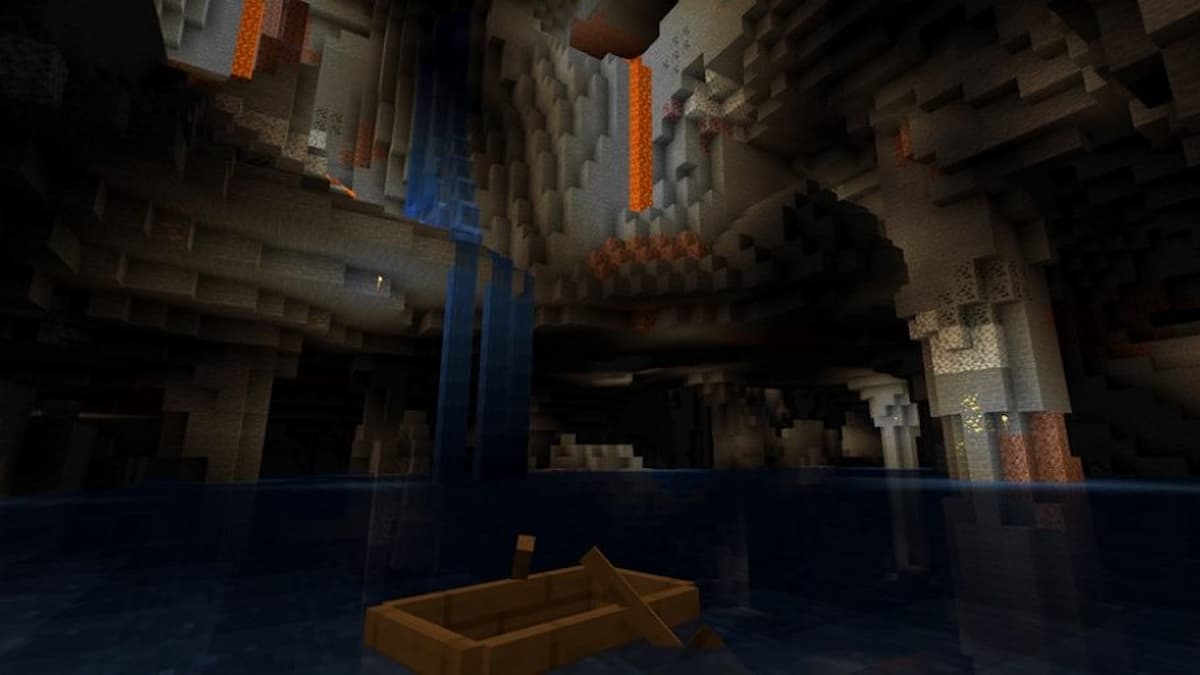How Dripstone growth works in Minecraft
A natural mechanic.

Image via Minecraft.net
Dripstone in Minecraft can take on two forms, stalactites and stalagmites. While both have been in the game for some time, Snapshot 21W16A has introduced some changes, and added a new mechanic called Dripstone growth.
These mechanics are likely to change between now and the launch of the Caves update, so we will keep this article up to date with new information as it is made available.
- If a stalactite is hanging from a dripstone block with a water source above, it will slowly grow both the stalactite from above and a stalagmite from below
- Growth speed is random but very slow, a single growth step can take several minecraft days
- A stalactite will only grow up to 7 blocks long
- A stalactite will only cause stalagmite growth if the floor or stalagmite below is within 10 blocks
- If the stalactite tip is inside water it won’t drip, and therefore won’t trigger any growth
- If the stalagmite tip is inside water it won’t receive drops, and therefore won’t be grown by a dripping stalactite. Same thing if there is any fluid between the two tips
- A stalagmite or stalactite will never grow into a fluid
While it was previously possible for force the growth of dripstone by connecting Stalactites and Stalagmites using pointed dripstone, it now seems that caves will become a living, changing thing in Minecraft.
The caves you find on a new server seed should look quite different to how those caves will appear 6 months later, after lots of natural dripstone growth.